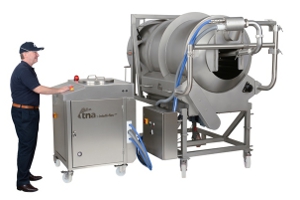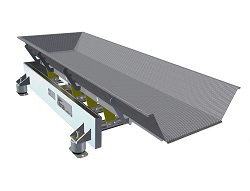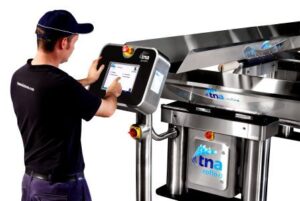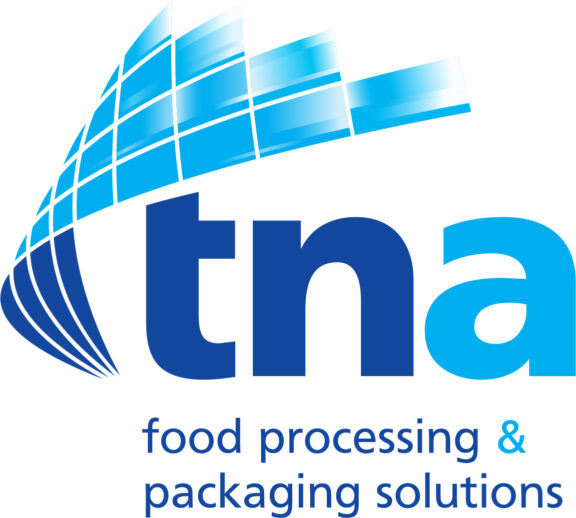On top of technology: an overview of the latest innovations for healthier frying
products | 4 mins read
February 1, 2023
 According to TrendSights Analysis 2022: Health and Wellness, released in July of 2022 by GlobalData1, at the start of last year 66% of global consumers were always or often influenced by how a product or service impacts their health and wellbeing. With consumers making more considered choices a new generation of fried foods is being ushered in, facilitated by innovative frying technology.
According to TrendSights Analysis 2022: Health and Wellness, released in July of 2022 by GlobalData1, at the start of last year 66% of global consumers were always or often influenced by how a product or service impacts their health and wellbeing. With consumers making more considered choices a new generation of fried foods is being ushered in, facilitated by innovative frying technology.
Plant based ingredients such as quinoa, maize and corn are featuring more prominently in new product developments, while alternative ingredients such as rapeseed, cottonseed and coconut oils are rising in popularity. Not only are these oils seen as a healthier alternative to more traditional oils, they are also considered to be more natural and environmentally friendly when compared to products such as palm oil – which has attracted concerns in terms of sustainable production despite positive steps being made in this area.
How does frying impact health?
Fats and oils can be absorbed by food during the frying process, and whilst this includes healthy fats such as polyunsaturated and monounsaturated, it also includes those fats on the opposite end of the spectrum – namely saturated and trans-fats. According to The World Health Organisation (WHO), reducing saturated fat intake to less than 10%, and trans fats to less than 1%, of total energy intake for adults is recommended, promoting a move away from processed foods containing high amounts of these macronutrients2.
How can manufacturers make healthier products?
Manufacturers are relying on alternative methods to minimise the absorption of unhealthy fats into food during processing, and also to reduce acrylamide levels – a chemical that can be formed in food via the reaction of asparagine (an amino acid), reducing sugars (particularly glucose and fructose) and reactive carbonyl compounds at temperatures higher than 120 degrees Celsius during frying, baking, roasting, toasting and grilling.
These alternative methods include:
Blanching & Hot Washing: Blanching is a popular method for pre-processing products containing naturally high levels of sugar – to reduce sugar before frying. By placing the product in water of 80-90 degrees Celsius, the sugar is partly removed from the cells. Producers increasingly use Hot Washing as an alternative to blanching to reduce the sugar in chip slices. The slices are washed at lower temperatures (50-75 degrees Celsius) to prevent pre-cooking and in doing so, firm up the plant fibres and cell structure to create a more stable product for frying.
PEF Technology: A much gentler process, the technology works by using pulses of electricity to puncture cell membranes and allow fluid to exit. As a result, moisture is removed from the cells, including the small molecule nutrients like sugars. This enhanced sugar extraction results in reduced acrylamide formation during cooking, while also allowing the use of all potato varieties and other root vegetables.
Vacuum Frying: Vacuum frying works by continuously cooking products under low-temperature and low-pressure conditions, from start to finish. With this cutting-edge frying technology, the frying vessel is enclosed, and pressure is reduced so that the boiling point of water is reduced to below 100 degrees Celsius. This means dehydration (the purpose of frying) can be driven by a lower oil temperature, enabling longer shelf life and material cost savings.
Multi-Stage Frying: Multi-stage frying (also referred to as two-stage frying) is a more cost-effective alternative to straightforward vacuum frying and is mainly used for potato chips. This tailor-made approach is broken down into two stages, the first of which is atmospheric pre-frying and the second, vacuum frying. Products are fried at high temperatures during the first stage, and then at a much gentler temperature during the second, vacuum frying stage. This reduces acrylamide formation, leading to safer, healthier products that uphold the natural qualities of the raw material.
Oil management: Ensuring efficient oil management, filtration and selection have become top priorities for potato chip manufacturers looking to create products that are simultaneously nutritionally appealing, as well as delivering great taste and texture with a desirable colour. Oil quality maintenance is therefore intrinsic to creating such high quality, healthy snack products, as it can degrade quickly and compromise quality.
For an in-depth overview of each of the innovative methods outlined above, download the white paper here and visit us at interpack 2023 in Dusseldorf, Germany, from 4 to 10 May 2023, hall 14 C56 & D56.
1https://www.globaldata.com/store/report/health-and-wellness-consumer-trend-analysis/
2https://www.who.int/en/news-room/fact-sheets/detail/healthy-diet


























